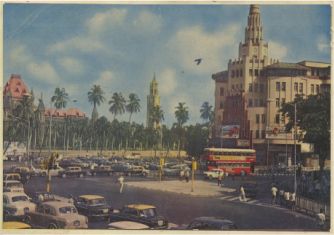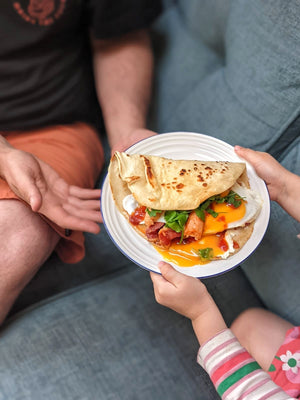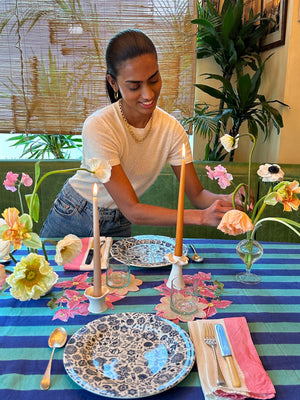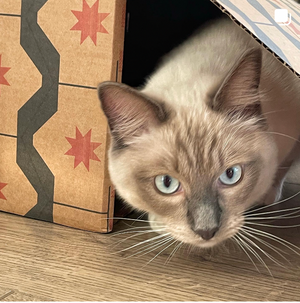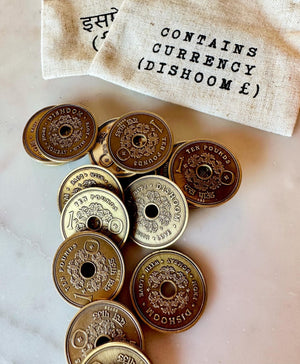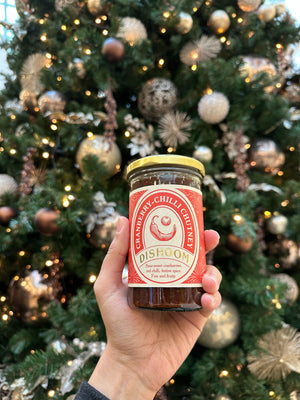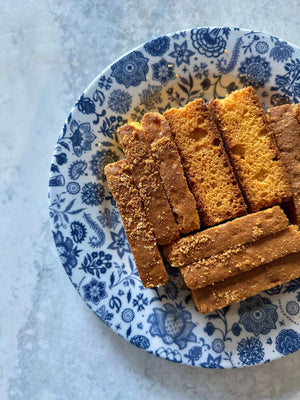Coveted the World Over
The origins of chintz can be firmly – and humbly – traced back to 16th century India. The word ‘chintz’ is derived from the Hindi word ‘chint’, meaning spotted or splattered. These intricate designs and endless patterns were traditionally hand-printed using wooden blocks - kalamkari - and brilliantly coloured natural dyes.
Indian textiles have been highly sought-after around the world and Indian chintz is no different. The allure of vivid colours on supple cotton – unmatched in quality – captured the minds of those who encountered it beyond its homeland. Chintz was, at one time, an art form created only by the most skilled artisans. No wonder, it was coveted by many.
Chintz patterns traditionally depicted the native flora of India, with auspicious local fruits and birds intertwined in an endless dance on coloured cotton. Armed with a knowledge of mordants, Indian artisans used ingenious techniques to create designs that remained vibrant and colourfast even after washing.
From the 16th to early 19th centuries, the thirst for these superior fabrics gave rise to a network of Indian textiles sent far across the world. Unsurprisingly, the East India Company began reaping the benefits of this newfound trade. As Europe succumbed to the calico craze, the demand for chintz swelled even further. The once-great artistry became diluted, as imitations flooded the market.
Parsi Women and the Gara
Parsis would travel east to China, ladened with opium and cotton, to barter for tea. They would return bearing gifts of ceramics and embroidered silks from afar. Delicate saris – made in China, exported to India and worn by Parsi women – came to be called the Gara.
The timeless elegance of chintz patterns were highly sought after amongst the influential and wealthy Parsi women. The Gara suggested an air of wealth and feminine sophistication. Popular patterns, rarely seen in India, included fish, phoenixes, lotuses, and peonies – elements often associated with auspiciousness, domesticity, and fertility.
Make It Modern With Chintz!
Chintz made quite an impression on Bombay’s public imagination in the 1930s. It found its feet as an attractive and rather inexpensive material for decorating modern homes, blossoming as more Bombayites embraced apartment living.
Presenting itself as an expression of modernity, much like Art Deco, chintz became somewhat of a phenomenon. Bombay’s newspapers complimented ‘the pleasing freshness’ of chintz, with instructions on how to dress across all rooms of the home. ‘Tubes of paste, a few yards of chintz, a Mother Goose picture book and a sense of colour harmony,’ were prescribed as remedies for gloomy and dreary rooms.
The chintzy fabrics evoked ideals of good housekeeping and domesticity, appealing to young mothers who were captivated by the cheerful shades and sprigged flower designs. Even the most cumbersome of furniture found new life by means of chintz and a lick of fresh paint. What fun it was, to decorate the home.
Charm to Every Table
Inspired by the skilled Indian weavers, dyers, painters, and embroiderers who clothed the world, we pay homage to their creative brilliance with our all-new crockery range. Timeless florals are nestled with familiar motifs from our cafés. Serving as a revival of the intricate designs that once graced fashionable draperies in Bombay.
The next time you find yourself in our cafés, joyfully tucking into a vada pau, we would like to imagine, do look around and spot the motifs that might otherwise escape your notice. Take a moment to lose yourself in the chintzy pattern and you will find:–
- The simple joy of sipping warming chai, in glasses filled to the brim.
- Slightly rickety but gracefully elegant bentwood chairs from central Europe, which journeyed to Bombay before India’s independence.
- Bombay’s favourite cola, Thums Up, served in bottles nicely worn from recycling.
- Chilli & Lime, faithfully hanging in doorways, ready to ward off the evil eye.

